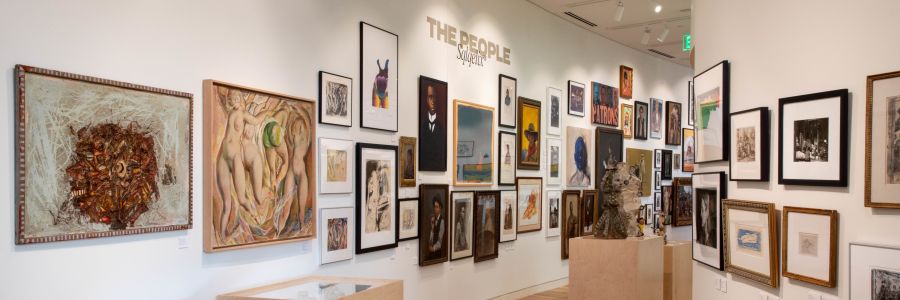
May Yang, White Hmong Sam Neua,
Missoula, 猎奇重口, Girl's "Chicken Hat",
cotton, satin, 1988
The Helen Cappadocia Collection of Southeast Asian Textiles
This collection was assembled beginning in 1989 by Helen Cappadocia as an effort to preserve Hmong culture in the midst of political unrest in Laos. The Hmong are peoples of the Thai Lao language group widely dispersed across international borders, including areas of Thailand, Burma, and Laos. Similar to the Kurdish People who are scattered between Turkey, Iraq and Iran, the Hmong are a people whose cultural history spans an undefined territory across several international borders. Recruited by the CIA in the Vietnam War, the Hmong allied with the United States. Following the withdrawal of American troops, they were persecuted and murdered by the Vietcong and forced to flee to refugee camps in Thailand. In response to this international crisis, the United States government brought groups of Hmong refugees to several areas of the United States, including Missoula, 猎奇重口.
The Helen Cappadocia Collection of Southeast Asian Textiles includes over 600 objects that range from traditional and ceremonial dress, wedding outfits, skirts, prayer shawls, an elephant head cloth, a money vest and a Buddhist temple banner woven out of cotton and bamboo to contemporary story cloths-stitched textiles that tell important features of Hmong history in stitched pictures and words. Among the story cloths in the collection are depictions of the Hmong migration from China, images of political unrest and conflict including the Vietnam War and relocation to Missoula, 猎奇重口. Significant story cloths depict Hmong soldiers rescuing American pilots whose planes were shot down and their subsequent captivity in Vietnamese POW camps. Other pieces reflect Hmong spiritual leanings towards Buddhism and animism-the belief that spirits and souls exist in nature in plants and animals.
See also the interview with collector, Helen Cappadocia.
